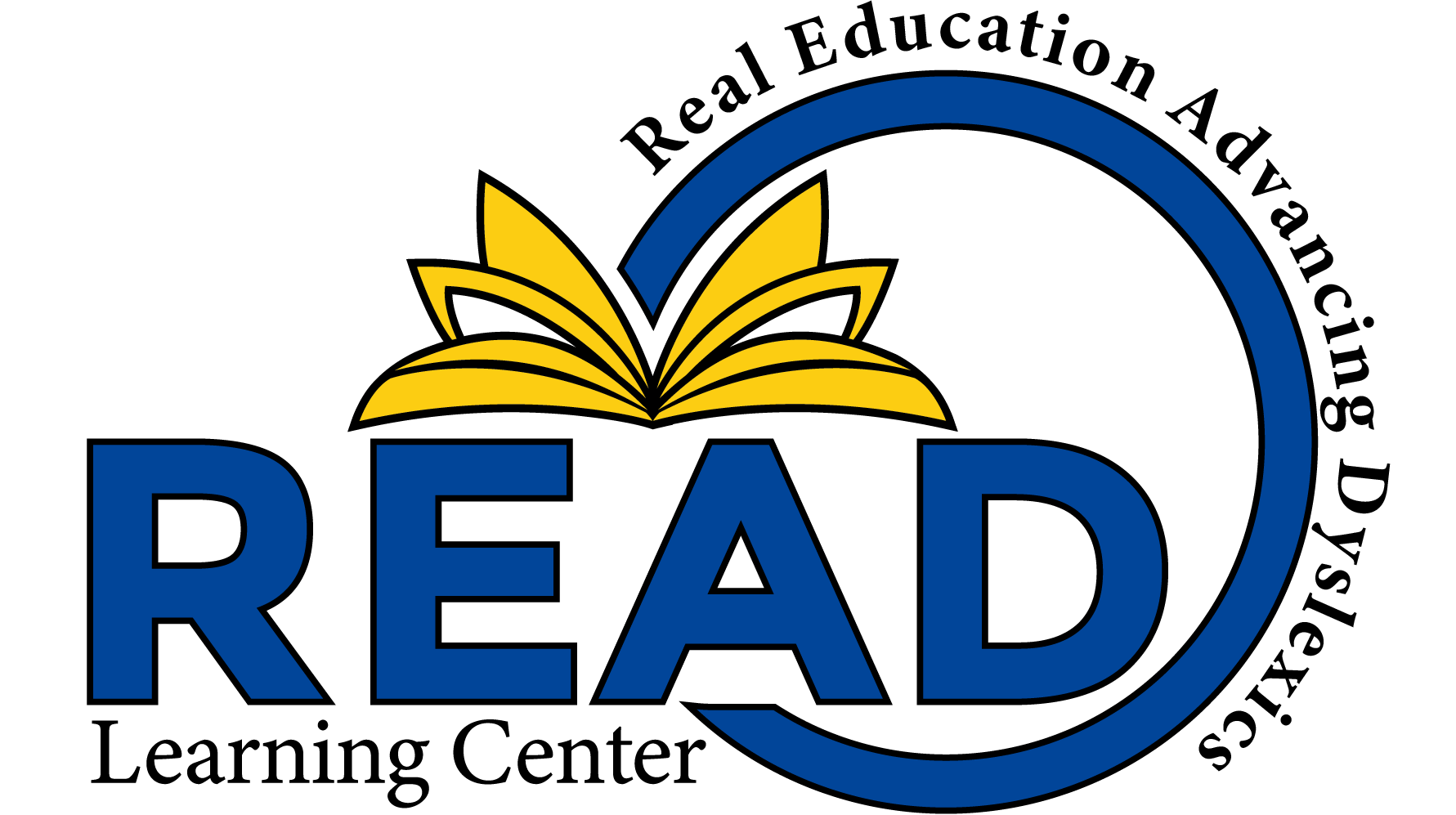Dyslexia, a widespread (but often unidentified) learning difference, inflicts serious setbacks for a substantial number of undiagnosed students in the US. This difference can significantly impact reading ability, making or breaking their ability to excel academically.
The International Dyslexia Association (IDA) estimates that dyslexia affects 10% of the global population. However, research from the Yale Center for Dyslexia & Creativity paints a more concerning picture—indicating that this estimate is low and that the actual prevalence could be closer to 20%.
By acknowledging the widespread nature of dyslexia and intervening early, we can equip students with the tools they need to succeed in school—and throughout life.
Table of Contents
A Different Way of Thinking, A Lifetime of Learning
Despite the commonness of dyslexia, it remains widely misunderstood. With a deeper understanding of this neurological difference, accurate diagnosis and the development of effective support solutions will be attainable.
This misunderstanding often leads to the misconception that dyslexia reflects intelligence or ability. However, contrary to popular belief, it is not a barrier to success. In fact, many individuals with dyslexia leverage their unique cognitive strengths to excel in various fields—from the arts to entrepreneurship.
In the following sections, we will explore the science, address misconceptions, and provide tools and strategies for individuals with dyslexia to flourish.
The Persistence of Dyslexia: Separating Fact from Fiction
Although dyslexia presents ongoing challenges, it is associated with enhanced creativity, problem-solving, and spatial reasoning. With the right tools and support, individuals with dyslexia can leverage these unique talents to achieve remarkable breakthroughs. Early intervention and tailored classroom programs can accelerate literacy development in children with dyslexia, but it is essential to recognize that their neurological differences will remain constant throughout life. Even though it will not disappear with age, with the proper approach to learning, they can overcome these challenges and apply their individualized skills to realize their dreams.
Dyslexia: Myths vs. Reality
| Common Misconception | The Reality of Dyslexia |
| Dyslexia is a phase that children outgrow. | Dyslexia is a lifelong neurological difference, not a phase. |
| Intensive reading practice can “cure” dyslexia. | While no ‘cure’ exists for dyslexia, targeted intervention and support can significantly improve reading skills and overall academic success. |
| Dyslexia fades away with age. | Dyslexia persists throughout life, but individuals can thrive with the right strategies and support. |
Screening Methods for Identifying Dyslexia Early
Early screening for dyslexia can be conducted through various methods, including standardized assessments, cognitive tests, and reading and writing skills observations. These screenings can be performed by trained professionals, such as educators, psychologists, or speech-language pathologists.
At READ Learning Center, our director can guide you through the screening process and recommend the most appropriate assessments for your child. Early identification of dyslexia allows them to improve the development of their reading, writing, and language skills, setting them up for long-term success in academics and life.
Early Childhood Brain Plasticity
The brain exhibits remarkable plasticity in early childhood, allowing rapid learning and adaptation. This can be a blessing for children with dyslexia, as it presents an opportunity for early intervention and support to make a significant difference in their development.
However, if dyslexia goes unrecognized or untreated during these crucial years, the brain’s plasticity can also reinforce ineffective reading strategies and coping mechanisms. As a result, early identification and targeted intervention are essential to help children with dyslexia build a strong foundation for learning and academic success.
Success Stories of People With Dyslexia
Throughout history, dyslexia has been no barrier to extraordinary achievement. Renowned figures like Albert Einstein, Thomas Edison, Richard Branson, and Steve Jobs have all reached remarkable heights despite their dyslexia diagnoses. Their brilliance in science, innovation, and business demonstrates that dyslexia does not limit one’s potential for greatness.
This trend extends far beyond the scientific and entrepreneurial realms. Actors like Tom Cruise and Jennifer Aniston and athletes such as Muhammad Ali and Magic Johnson have also excelled in their respective fields despite facing the challenges of dyslexia.
These inspiring journeys of resilience and perseverance are a testament to the power of the human spirit and the importance of embracing neurodiversity. These individuals not only overcame the hurdles associated with dyslexia but also harnessed their unique cognitive abilities to achieve their goals, proving that dyslexia is not a roadblock to success but a different path to greatness.
Conclusion
The path of dyslexia involves continuous learning and adaptation, but it’s one filled with endless potential. While it affects reading, writing, and language processing, it does not define one’s capabilities. Early intervention and personalized support are crucial to fully realizing the unique strengths and talents of children with dyslexia.
The success stories of countless individuals, from renowned scientists to celebrated actors, prove that dyslexia is not a barrier to achieving greatness. With the right tools, strategies, and mindset, anyone with dyslexia can thrive in their chosen path.
At READ Learning Center, our experienced tutors are dedicated to helping students with dyslexia reach their full potential. We offer comprehensive screenings, assessments, and intervention programs to empower learners to excel in reading.
Ready to take the next step? Contact us today to learn how our approach can help them overcome challenges, embrace their unique learning style, and thrive in all areas of life. Together, we can create a bright future full of possibilities.

